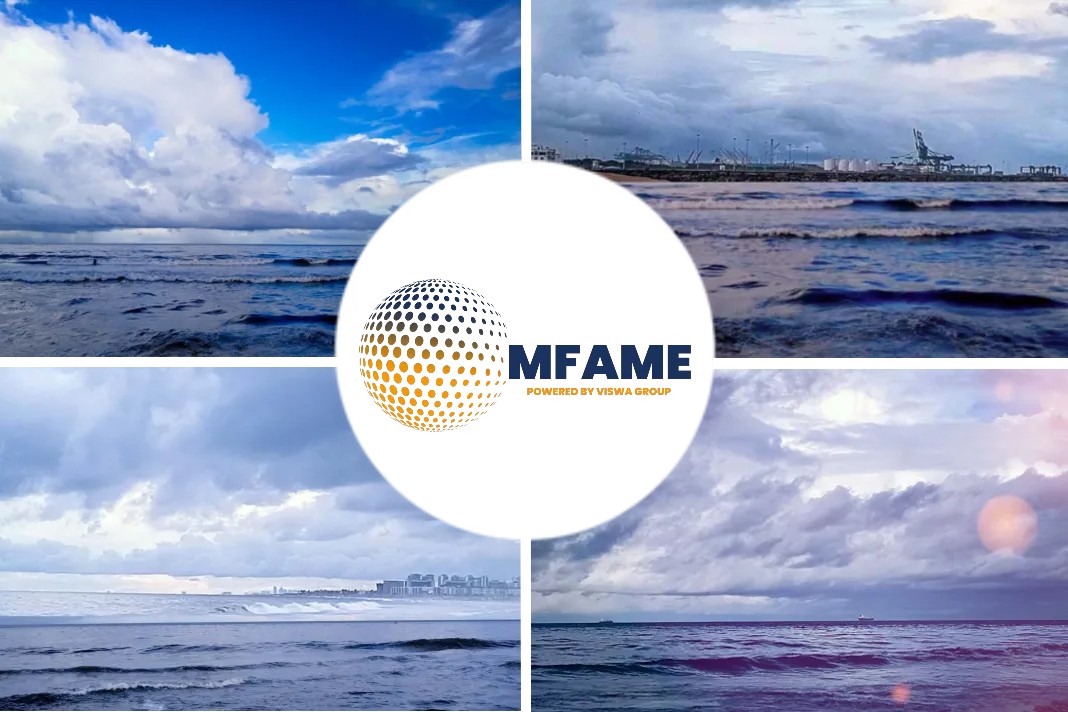Globally, LNG is expected to account for 10 per cent of overall marine fuel mix by 2030, up from less than 0.1 per cent last year.
- The use of liquefied natural gas (LNG) to fuel ships is gaining traction in Asia amid a global push to use cleaner fuels in the sector.
- This is mainly because abundant supplies are making the super-chilled fuel more affordable than oil.
- The move could draw billions of dollars in investments from suppliers and buyers in gas storage, LNG-fuelled vessels and barges.
- This will enable ships to meet stringent emission standards set by the International Maritime Organization, analysts and industry officials say.
Lower prices drive Asia’s demand for LNG as ship fuel, says a Economic Times news report. The reporting is done by Jessica Jaganathan and editing by Florence Tan and Krishna Chandra Eluri.
Asia’s share of the Global LNG marine fuel
These measures are expected to boost Asia’s share of the global LNG marine fuel market to between a quarter and a third by 2030, up from a “tiny fraction”, Andrew Buckland, analyst at consultancy Wood Mackenzie, said.
Globally, LNG is expected to account for 10 per cent of overall marine fuel mix by 2030, up from less than 0.1 per cent last year, he added.
Rashpal Bhatti, vice president for maritime and supply chain excellence at BHP Group, said: “Today, the industry is a homogenous fuel, which is fuel oil”.
“Going forward, some percentage will use fuel oil, some percentage will use LNG, some will use ammonia, some hydrogen and other sources of fuel as well.”
BHP in talks to supply LNG
BHP is in talks with three companies to supply LNG to fuel five ships it plans to use to transport iron ore between Western Australia and China. The company analyzed supply and demand of gas and fuel oil and estimates that LNG is now cost competitive as shipping fuel.
LNG spot prices have averaged about $131 per tonne less than those for very low sulphur fuel oil so far in 2020, data from Refinitiv Eikon showed.
Rising LNG prices
While the gap has narrowed recently due to an uptick in LNG prices, they are expected to widen again when more supply hits the market over the next few years, analysts said.
To tap this potential growth, Singapore’s Pavilion Energy is working with potential partners to develop a global bunker supply network.
It signed a memorandum of understanding with Finnish state-owned gas company Gasum earlier this month and is currently in “advanced stage of negotiations” with parties in China, said Alan Heng, managing director of its Asia office.
Joint ventures
Singapore’s FueLNG, a joint venture between Keppel Offshore & Marine and Shell Eastern Petroleum, will operate a LNG bunkering vessel while more such vessels are on order from countries like Singapore, Malaysia, Japan, South Korea and China.
As more facilities are built, Asia’s LNG bunkering will grow faster to nearly 10 million tonnes by 2025, or about 4 per cent of global marine fuels market, IHS Markit’s director of southeast Asia gas and LNG division Chong Zhi Xin said.
“Once these LNG bunkering vessels are introduced, it will allow more contracts to be signed and vessel owners will be more comfortable making the switch to LNG,” he said.
Did you subscribe to our daily newsletter?
It’s Free! Click here to Subscribe!
Source: Economic Times



















